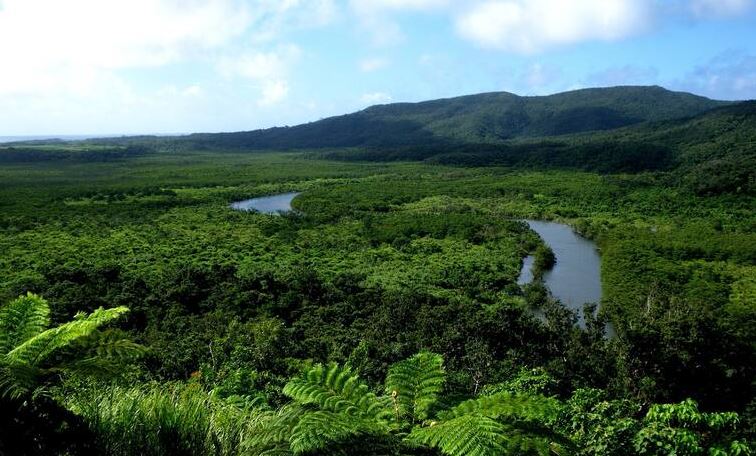Paris: Four natural sites and three cultural sites were added to the Unesco World Heritage List. The natural sites added Monday are the four islands with rich biodiversity in Japan; a coastal area of geo-diversity and bio-diversity in South Korea; part of the mountain ridge running down the Malay Peninsula in Thailand; and a corridor along the eastern coast of the Black Sea in Georgia, reports Xinhua news agency.
The three cultural sites are the Dutch Water Defence Lines; the Arslantepe Mound archaeological tell in Turkey; and the Colonies of Benevolence in Belgium and the Netherlands.
The World Heritage Committee of the Paris-based Unesco made the announcement during its 44th session held online and chaired from Fuzhou, China.
The four islands on a chain in the southwest of Japan, encompassing 42,698 hectares of sub-tropical rainforests, are entirely uninhabited by humans and have high bio-diversity value with a very high percentage of endemic species, many of them globally threatened and some having no living relatives anywhere in the world, the committee said.
The South Korean site, situated in the eastern Yellow Sea, exhibits a complex combination of geological, oceanographic and climatologic conditions that have led to the development of coastal diverse sedimentary systems.
It hosts a rich bio-diversity, with reports of 2,150 species of flora and fauna, including 22 globally threatened or near-threatened species.
It “demonstrates the link between geo-diversity and bio-diversity, and the dependence of cultural diversity and human activity on the natural environment,” the committee said.
The Kaeng Krachan Forest Complex in Thailand and the Colchic Rainforests and Wetlands in Georgia are also home to rich biodiversity, where a number of endemic and globally endangered species have been reported.
In the cultural category, the Arslantepe Mound in Turkey is a 30-metre-tall archaeological site that testifies to its occupation from at least the 6th millennium B.C. up until the late Roman period.
“The site illustrates the processes which led to the emergence of a state society in the Near East and a sophisticated bureaucratic system that predates writing,” the committee said on Monday.
For the Dutch Water Defence Lines, a new waterline has been added to the famous flood defence systems in the Netherlands, already inscribed in the list in 1996.
The Belgian-Dutch transnational serial property encompasses four cultural landscapes with one colony in Belgium and three in the Netherlands.
“Together they bear witness to a 19th century experiment in social reform, an effort to alleviate urban poverty by establishing agricultural colonies in remote locations,” the committee said.
The inscription of sites on Unesco’s World Heritage List is scheduled to continue through July 28.
